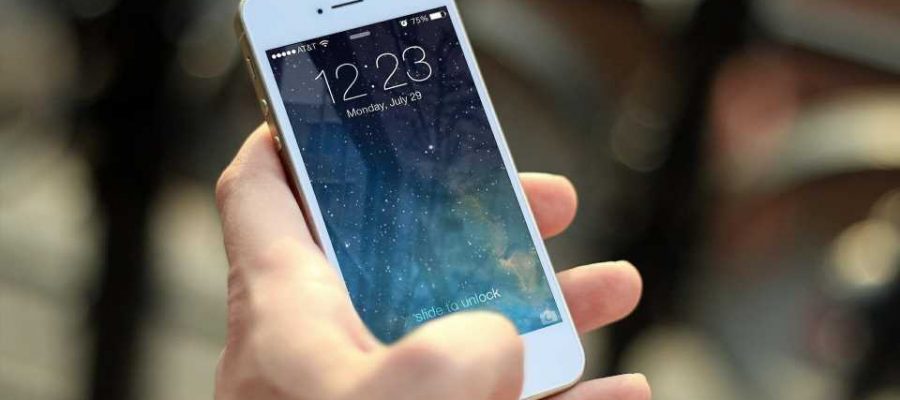
It’s no secret that smartphones and other digital devices control and consume our attention, both among adults and young people. This can be illustrated with three different, but very common scenarios:
- A group of teenagers are sat beside one another. Each of them is staring down into a screen.
- Commuters on public transport are hunched over their phones, scrolling infinitely through social media or playing an addictive game. Very few people are reading a book, or even looking out of the window.
- You are finishing a presentation for work on the computer. An email notification comes in from a colleague with a link to a short, amusing video. The link takes you to social media site which then offers you another video, followed by another. Before you know it, an hour has gone by and the presentation remains unfinished.
Trapped in an app
The three examples above demonstrate how mobile applications are designed to trap our attention. Most apps work like this because because they are free. Instead of charging the user, they make money by harvesting data and advertising. The more time we spend looking at the screen, the more data and advertising we consume.
According to data from 2022 published by the Spanish National Statistics Institute, 40% of children aged 11 have a phone. This number jumps up to 75% at 12 years old and then to 90% at age 14. The apps that they use on these phones are the same as those used by adults, and they respond to the industrial logic of the internet: they provide things quickly, efficiently, and with minimum effort for the user.
Children today are digital natives, meaning they have never known life without internet access. They have been raised on clicks, jumping from content to content without a second thought. In the words of the philosopher Byung-Chul Han in his 2021 book “Non-things,” this kind of constant stimulation means that “we quickly come to need new stimuli. We get used to seeing reality as a source of stimuli and surprises.” We struggle to focus our attention on any one thing and this “tsunami of information agitates our cognitive system.”
Changes in the brain
In this sense, loss of attention is related to a decline in our ability to concentrate. As Nicholas Carr pointed out in his 2010 book “The Shallows: What the Internet is Doing to Our Brains,” the brain changes according to our experiences. Books, for example, can train the brain to deeply focus its attention on one task, while mobile devices encourage us to peck and hover over the surface of things without fully grasping them.
When we receive information in large quantities, it stops being meaningful. When faced with an overwhelming amount of it, our brains react by blocking the information, but the discarded content does not simply evaporate from our minds. Instead it lingers, preventing us from figuring out what we are interested in, and limiting our attention span.
Impacts on the way we learn
Mobile phone addiction and the way young people learn are both directly connected to the concept of [mind wandering](www.sciencedirect.com/science/ … ii/S0360131522001877). An excess of information inputs makes us switch off and lose attention, and this can be damaging in the long term.
In order to recover attention, the brain needs to take a break and find time and space where it can be free from constant noise. Adults—who generally have better willpower, critical thinking skills, perception of time and organization—can make the effort to find these much needed spaces to focus attention.
Children, on the other hand, have not yet acquired these behavior strategies, and run the risk of never recovering their attention spans. If we give children and teenagers access to digital devices before they have developed these skills, we give their attention free rein to wander. It will then become harder and harder for them to focus on a task for the necessary amount of time.
Provided by
The Conversation
This article is republished from The Conversation under a Creative Commons license. Read the original article.
Source: Read Full Article
